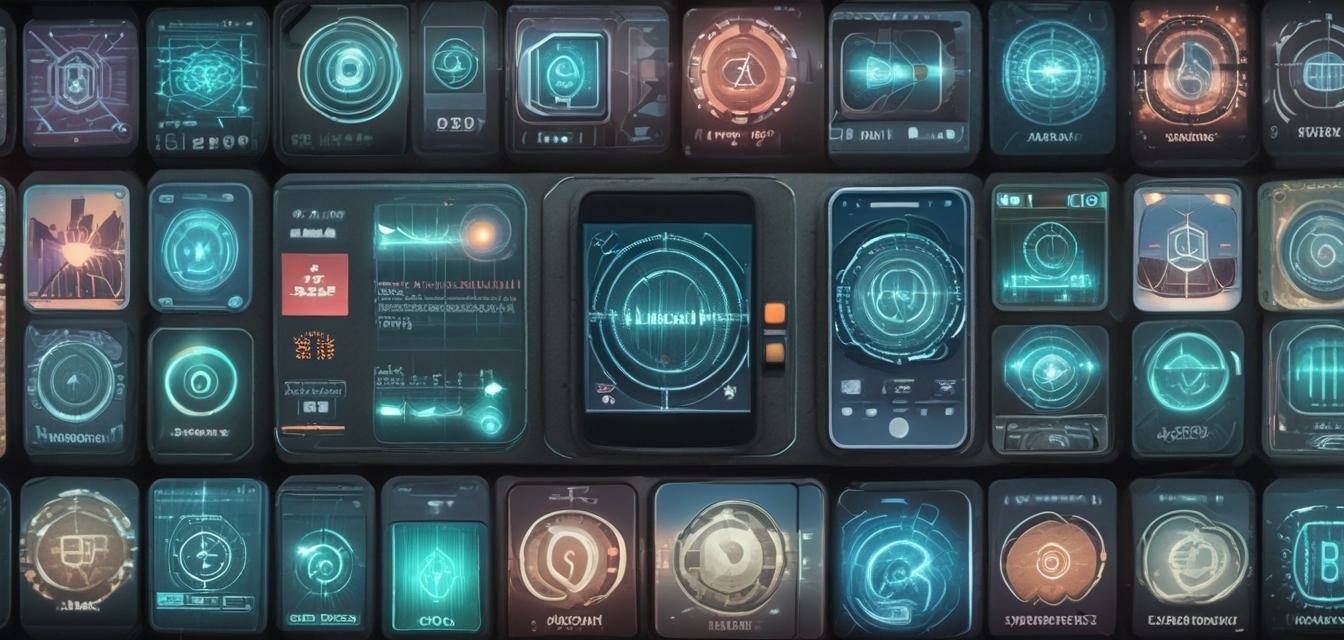
The Rise of Smartphone Apps for Radar Detection
Key Takeaways
- Smartphone apps are revolutionizing how drivers approach radar detection.
- These apps provide real-time alerts and enhanced functionality compared to traditional radar detectors.
- Drivers can benefit from community-driven updates and shared experiences via these applications.
- Mobile technology has made radar detection more accessible and user-friendly for beginners.
- Adapting to these trends ensures drivers stay informed about traffic laws and radar detection methods.
The advent of smartphone technology has ushered in a new era in various sectors, and the automotive industry is no exception. In particular, the rise of smartphone apps for radar detection is changing how drivers approach awareness and safety on the roads. This article delves into how these mobile applications are shifting the radar detection landscape, offering enhanced features and community support that traditional radar detectors might lack.
Understanding the Technology Behind Radar Detection Apps
Smartphone apps for radar detection primarily rely on three key components:
- GPS Technology: Most radar detection apps use GPS to provide precise locations for known speed traps and red light cameras.
- Real-Time Data Sharing: Many apps leverage community reporting, allowing users to report radar gun locations, giving other drivers real-time alerts.
- Advanced Algorithms: Some applications utilize machine learning to predict where law enforcement may deploy speed traps based on historical data.
Comparing Smartphone Apps to Traditional Radar Detectors
| Feature | Smartphone Apps | Traditional Radar Detectors |
|---|---|---|
| Real-time Updates | Yes, via user reports | No |
| Cost | Free or low-cost | Higher upfront cost |
| Community Support | Active community contributions | Limited user interaction |
| GPS Integration | Built-in, enhances user experience | Dependent on external GPS unit |
| Learning Curve | Minimal, user-friendly | Moderate, requires understanding of features |
Advantages of Using Radar Detection Apps
There are various advantages to employing smartphone apps for radar detection:
Pros
- Cost-effective solutions compared to traditional radar detectors.
- Regular updates and improvements driven by user feedback.
- More features included, such as route planning and traffic alerts.
- Accessible on-the-go using existing devices.
Cons
- Dependence on smartphone battery and data connectivity.
- Not all apps are reliable or accurate.
- Possible distraction for the driver if notifications are not managed properly.
- Compatibility issues with certain smartphones or operating systems.
Community Impact on Radar Detection Apps
The rise of smartphone apps has also encouraged a community approach to radar detection. Users can share their experiences and insights with others in real-time, creating a collaborative network of drivers helping each other stay informed. This significantly enhances the utility of apps as drivers engage with peers for better navigation and safety. Popular forums and social media also facilitate discussions about app effectiveness, sharing tips, and user experiences to improve safety on the roads.
Adapting to Legal Changes and Regulations
With the changing landscape of law enforcement and automotive regulation, radar detection apps also adapt to new rules more quickly than traditional detectors. Users can stay updated on relevant legislation and modifications regarding speed limits and radar use through these apps. This instant access to information ensures that drivers remain compliant, knowledgeable, and safe on the road.
The Future of Radar Detection Technology
As technology continues to evolve, we can expect to see even more innovative solutions in radar detection. Artificial intelligence and machine learning will likely play a crucial role, providing personalized alerts based on driver behavior and historical driving patterns. We may also see better integration with other gadgets and smart devices, creating a comprehensive ecosystem of driver assistance.
Conclusion
In conclusion, the rise of smartphone apps for radar detection marks an exciting development in driver safety and navigation. With their real-time updates, cost-effectiveness, and community support, these applications offer numerous advantages that can significantly enhance the driving experience. For those interested in exploring traditional radar detectors, you can check out our guide on entry-level radar detectors or buying guides for comprehensive insights.
As you navigate this evolving landscape, staying informed about the tools available will help maximize your experience on the road. Whether you opt for apps or traditional devices, understanding your choices ensures you’re well-equipped for every journey.
